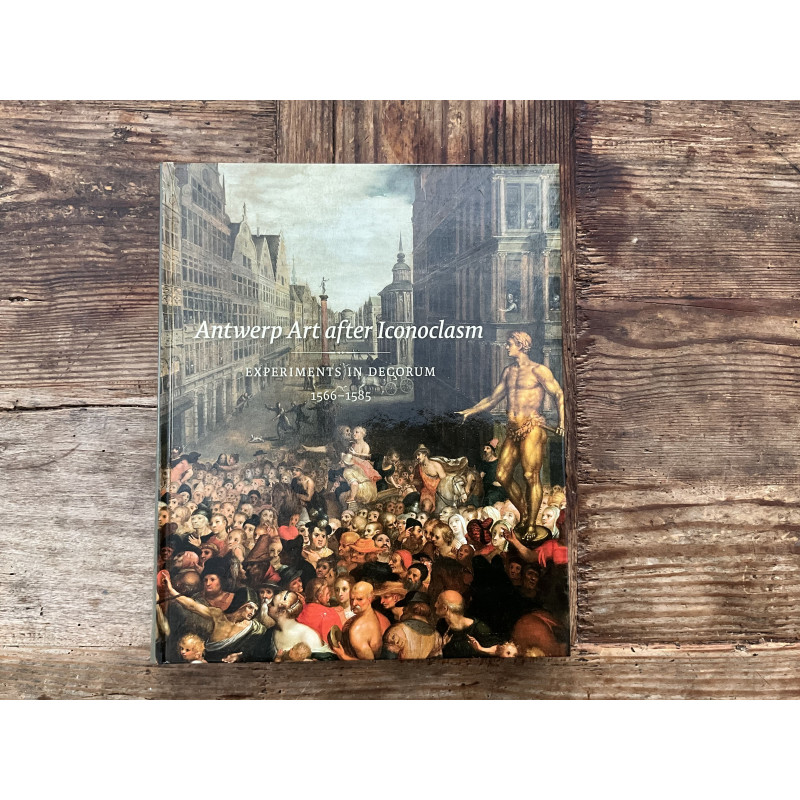Antwerp Art after Iconoclasm - Experiments In Decorum
- Relié, 312 pages
- Paru le 19 février 2013 chez Yale University Press
- Couverture: Rigide
- Langue: Anglais
- Dimensions: 23,5 x 29,2 x 3,8 cm

Secure payment by debit or credit card or bank transfer (account BE92 0011 9229 7223)

The books are delivered to you at a depot, your home or your office.

Contact us if you would like more details about our products or ordering methods.
The beeldenstorm, or the Iconoclastic Fury, that raged throughout the Low Countries in 1566 is a key concept in the history of the Netherlands.
This "popular uprising," which was partially grafted on Protestant ideas and characterized by its iconoclasm, has traditionally and unquestioningly been considered a turning point in the history of the Low Countries. It is all the more striking, therefore, that this uprising has never received the attention it deserves in art history and that with very few exceptions there has been little to no interest in the development of painting just after the beeldenstorm and before the advent of the great Baroque masters.
Featuring previously unpublished materials, Antwerp Art after Iconoclasm investigates how the esteemed painters of the period-including Adriaen Thomasz Key (1544-1599), Maarten de Vos (1532-1603), Frans Pourbus the Elder (1545-
1581), and Michiel Coxcie 1499-1592) - sought a new visual idiom. This study explains why this period of Netherlandish history should be considered an important turning point in the broader context of art history. It demonstrates that the era's paintings represent a subtle but nonetheless important reinterpretation of the traditional, religious iconography and style, which served as the starting point of Netherlandish Baroque style.
Koenraad Jonckheere is assistant professor at Ghent University.


